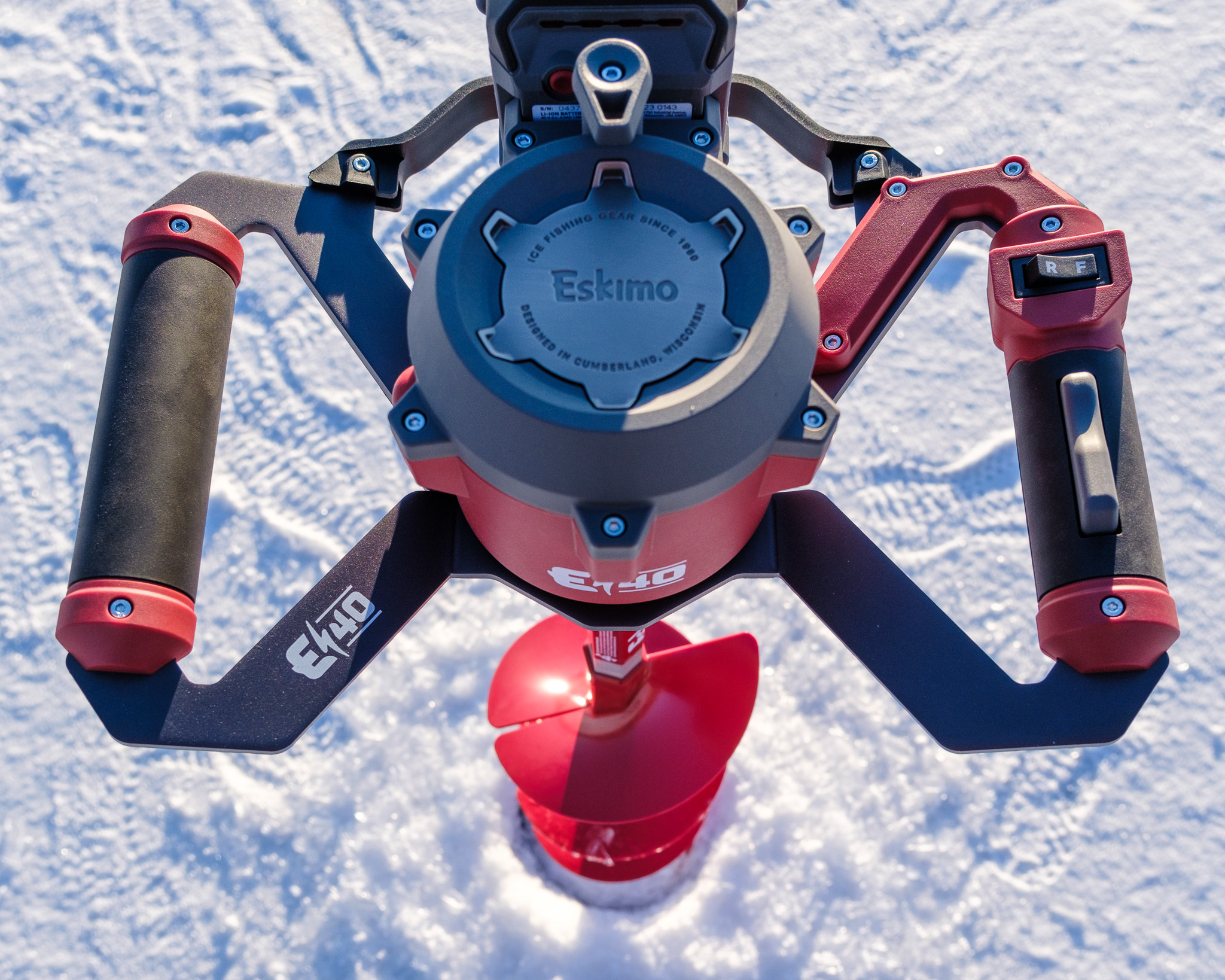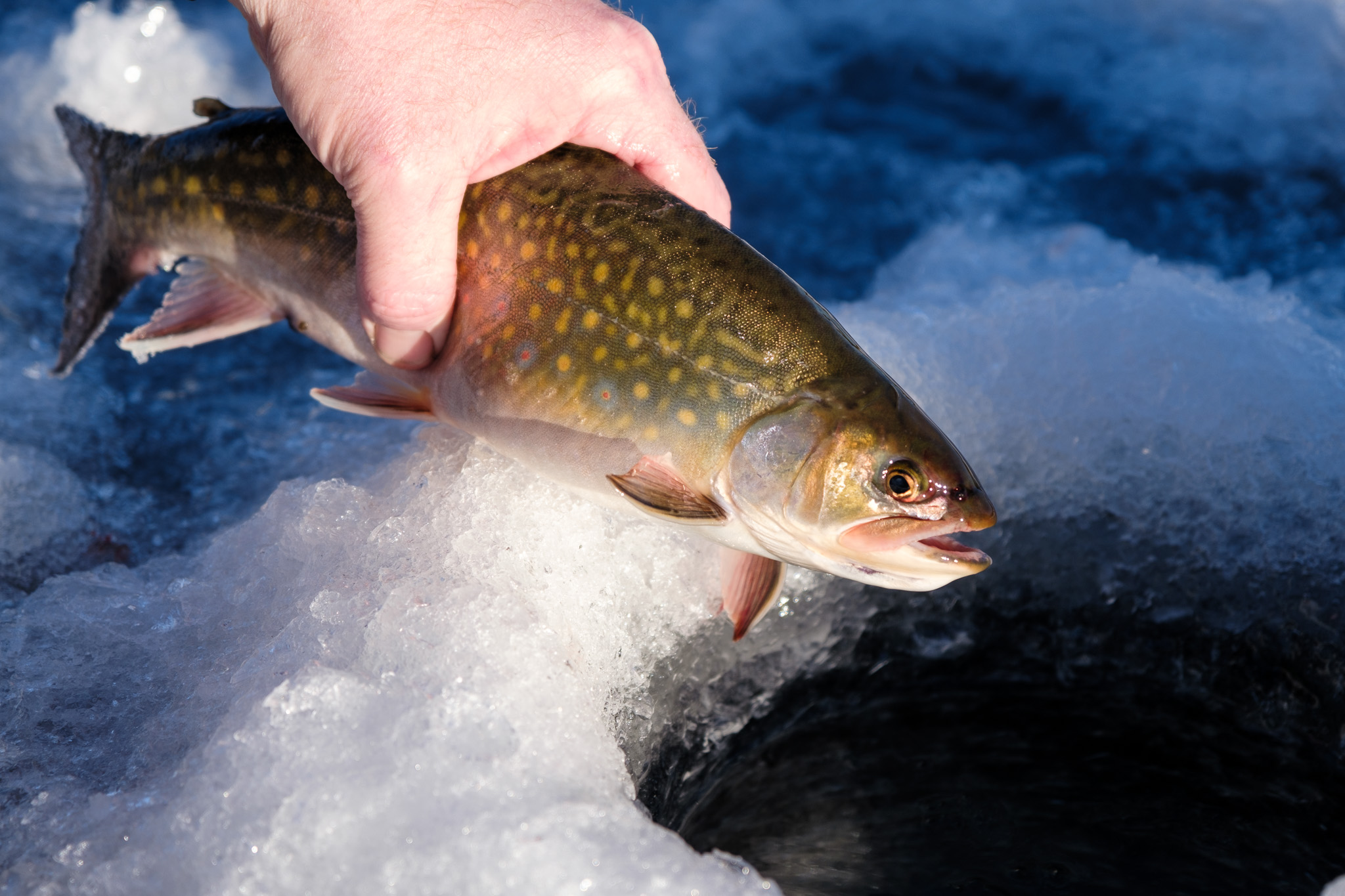Affiliate Links: This post may contain affiliate links. Meaning I may get a small commission, at no cost to you, if you decide to make a purchase through my link. Please read my DISCLOSURE for more information.
With stock shortages and shipping delays being the new normal, everyone has turned to buying online. While buying online is convenient, it does have one big drawback – you aren’t able to try anything before you buy it. So, if you’re struggling with the question of which kayak fishing life jacket to purchase, or which kayak fishing PFD is best, I’ll share with you my experience with two of the best selling kayak fishing PFD’s on the market – The NRS Chinook and Raku.
The Short Answer – TL;DR
If you are looking to purchase the number one selling, most universally loved, kayak fishing life jacket on the market the answer is simple – buy the NRS Chinook. Wait… what? One PFD for almost everyone?! Yes, let me explain.
The Chinook
Ask any group of kayak anglers what PFD they are wearing and you’ll quickly realize that the NRS Chinook (and the women’s specific version, the Shenook) is by far the most popular. According to sales figures, the Chinook has been the number one selling fishing PFD in North America for many years.
I’ve been wearing the Chinook since the beginning of the season and I have been really enjoying it. I would describe the Chinook (and Raku) as a medium bulk life jacket. It’s certainly nothing like the traditional red and orange jackets we wore as kids but it’s also not so svelte that it’s unnoticeable, like the newest inflatables are.

The front of the Chinook features two large pockets with storage galore as well as tabs and velcro to lash accessories like knives and radios to. I use these tabs and velcro to hold my Anglr Bullseye and my Boomerang Tool Snip. Where the shoulder straps meet the front of the vest, there are integrated pockets to stuff the excess shoulder strap. I use this little pocket to clip my VHF marine radio during frequent radio use. It’s a convenient spot that keeps the radio close while ensuring my hands are still free. I also really like the standard front zipper entry of the PFD – it makes changing layers on the water a simple task. This may not seem like a big deal but if you’ve ever had a lifejacket that slips on and off over your head, you will get it.

Like almost all angling specific PFD’s, the Chinook is designed to fit around the high back seats used in the majority of today’s sit-on-top fishing kayaks. The foam along the back is situated atop your shoulders, just behind your head. Some negative reviews note that the shoulder foam will occasionally hit the back of the users’ head. If you are on the shorter side of average, this might be an issue for you too and you may want to read the features of the Raku PFD, below. Underneath the back foam is a very breathable mesh fabric. The mesh is very breathable and comfortable, which is appreciated when you’re spending long, hot days on the water tournament fishing. I only have one criticism of the Chinook and it’s that the nylon straps and buckles on the mesh back are a little abrasive and can begin to chafe your bare skin after a few hours of use. A softer nylon would alleviate that pretty minor annoyance.
The Chinook was designed with the majority of kayakers in mind and would be my go-to recommendation for anyone of average height or taller. If you are short, or find the backrest on your kayak to be uncomfortable, I would recommend the Raku.
The Raku
High back seats have become standard issue on almost every popular fishing kayak model. While the seats are typically very comfortable, they are not compatible with every PFD. In response to seat designs and angler preferences, manufacturers like NRS started moving the foam away from the lower back to the upper shoulder/neck area, such as the Chinook, in order to improve comfort. Although an improvement for most, for some shorter anglers will find that this foam block ends up sitting uncomfortably right behind your head. This is just the situation that the Raku was made for.
While the Chinook and Raku share much of the same design language there are a few notable differences. In the front, they share the same pockets and a similar layout; the Raku has more storage pockets within the main pocket. The Raku uses different colour shoulder straps and the interior of the front pockets have a unique patterned fabric – which I think is a more appealing and premium looking design. The back, however, is where they differ. Instead of the Chinooks chunky piece of foam sitting high on your shoulders, the Raku spreads that same amount of foam over a large, uniform back panel. The intent is to provide a bit of cushion on your back while you rest against the seat.
I used the Raku exclusively for an entire season last year and while I appreciate the design and can see the benefits on paper, I can’t say that the Raku is for me. My issue is that while wearing the Raku the foam back panel rides up my back and begins to put pressure on my lower ribs/kidney area almost immediately after I start paddling/pedaling. After an hour in the kayak, my back is getting sore.

So, which should you choose?
PFD’s are a personal choice, it’s important to find one that fits well, since you will be wearing it all the time, and has the features you need without excess bulk in places you don’t want it. While the Chinook is the best selling kayak fishing PFD on the market and designed with the majority of people in mind, it isn’t for everyone. However, NRS has you covered as the Raku was designed to fill the gap that the Chinook leaves behind.
Both PFD’s have very similar designs. The front layout is almost identical and the PlushFit foam is rated to last for 365 days of use; I think you’ll want to replace it sooner than that though! For the average angler who fishes on the weekends, say 2 days a week all summer long (20 weeks), the foam would have a 9 year lifespan! Unless you spend every day of the year on the water, these PFD’s will last a long time. Also, both the Chinook and Raku are certified for use in Canadian waters.
As I said at the beginning, if you are looking for the best all around kayak fishing PFD; the Chinook has it in spades. But, if you are a bit on the shorter side, or have an uncomfortable seat back on your kayak, the Raku may be the best fit for you. Trying them both on and sitting in your kayak is the best way to test but constant inventory shortages may make that a challenge. If you aren’t able to try your PFD before you buy, I found a good rule of thumb for choosing between the two. When you sit in your kayak, if the seat interferes with your shoulder blades as you move left and right, you should purchase the Raku. The back panel foam of the Raku will generally be in the right spot on your back to provide you with the comfort you are looking for.




